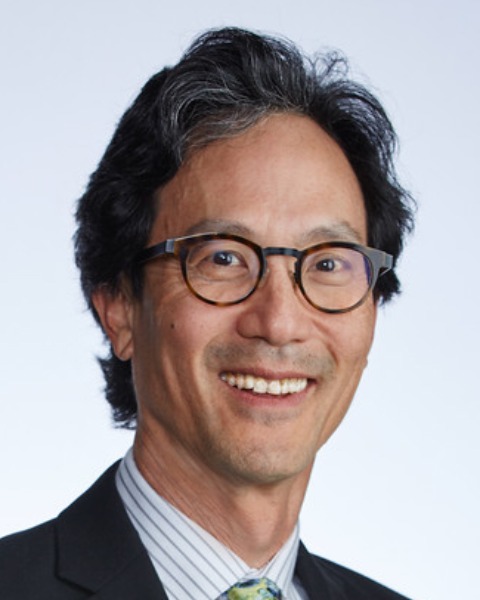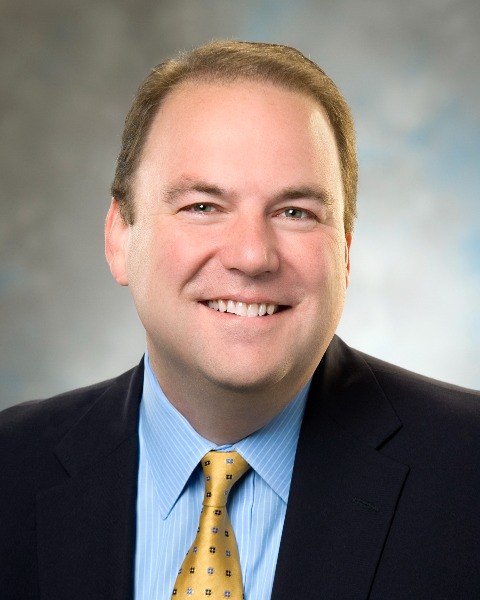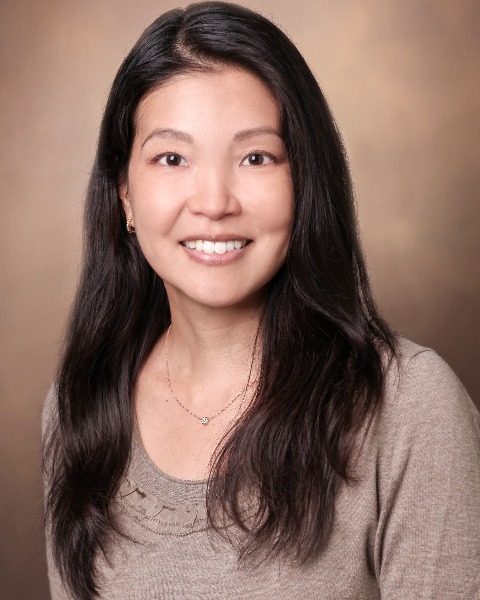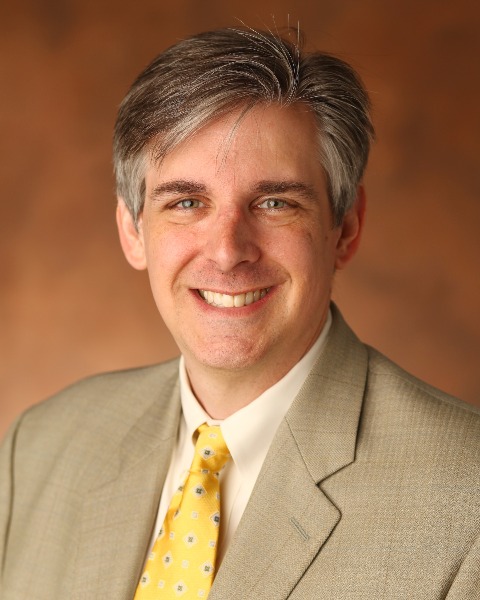Interventional Oncology
Progression and Survival Outcomes of Hepatocellular Carcinoma (HCC) Patients within Milan Criteria Following Y90 Radioembolization Using the Radiation-Emitting SIR-Spheres in Non-Resectable Tumor (RESiN) Registry NCT 02685631
.jpg)
Seungweon Park, BS (she/her/hers)
Medical Student
Vanderbilt School of MedicineDisclosure(s): Sirtex: Research Grant or Support ()
- LD
Liping Du, Ph.D.
Biostatistician
Biostatistics, Vanderbilt University Medical Center - MP
Michael Petroziello, M.D.
Attending Physician
Department of Interventional Radiology, Roswell Park Memorial Institute - BK
Brian Kouri, MD
Attending Physician
Wake Forest University - JB
Jayson S. Brower, M.D.
Attending Physician
Department of Interventional Radiology, Providence Sacred Heart - JL
Justin S. Lee, MD
Medical Director
Sarasota Memorial Hospital, Department of Radiology - JG
Jafar Golzarian, MD, FSIR
Professor
University of Minnesota / North Star Vascular - KV
Kirubahara Vaheesan, MD
Attending - Interventional Radiology
Saint Louis University School of Medicine 
Daniel Y. Sze, MD, PhD
Professor of Radiology
Stanford University
Andrew S. Kennedy, MD
Attending Physician
Sarah Cannon
Lea Matsuoka, M.D.
Attending Physician
Vanderbilt University Medical Center
Daniel B. Brown, M.D.
Attending Physician
Vanderbilt University Medical Center
Presenting Author(s)
Author/Co-author(s)
To determine efficacy and safety of 90Y resin microspheres as a potential bridging tool for HCC patients within Milan criteria to transplant.
Materials and Methods: HCC patients within Milan criteria were treated at 18 sites from 2015-2020. Median follow-up time was 23.2 months. Baseline demographics are in the Table. The primary objective was to calculate Progression-free survival (PFS) and Time to Progression (TTP) to assess potential transplantability and assess reasons for drop-off. PFS was assessed using Kaplan-Meier analysis with 95% confidence intervals (CI). Cumulative incidence for TTP was calculated using Gray’s competing risk method. Disease control was assessed in patients who remained on study. Toxicities were tracked using Common Terminology Criteria for Adverse Events v5.
Results: Eighty-six patients were treated: 75 and 64 patients were assessable for PFS and TTP, respectively. Median PFS was 24.3 months (95% CI 13.0-NR). At 24 months, 15 patients progressed or died of HCC (estimated cumulative incidence 28.1%; 95% CI 15.5%-40.8%), while 6 expired from other causes (estimated cumulative incidence 12.2%;95% CI 2.8%-21.7%). Disease control was maintained in 48/51 (94%), 25/27 (93%), 16/17 (94%) and 10/12 (83%) of patients with imaging at 6, 12, 18 and 24 months. Median PFS for CP Class A was 22.6 months (n=43, 95% CI 13.0-NR) and Class B/C 11 months (n=20, 95% CI 2.3-NR) (𝝌2=1.4, p=0.2). Median PFS for segmental treatment (n=19) was not reached at a mean of 29.8 +/- 4.5 months. Median PFS for lobar (n=43) and bilobar (n=13) treatment was 24.3 (95% CI: 10.7-NR) and 19.7 months (95% CI: 10.8-NR) (𝝌2=0.8, p=0.7). Median PFS for 1 tumor (n=43) was 13.4 months (95% CI: 12.0-NR) compared to 35.0 months (95% CI: 17.2-NR) for 2-3 tumors (n=28) (𝝌2=0.7, p=0.4). Grade 3/4 albumin and bilirubin toxicities were identified in 1.4% (1/69) and 8.6% (6/70) patients, respectively. Eight Grade3-4 constitutional toxicities were reported, most commonly renal dysfunction and abdominal pain in 2 (2%) patients each.
Conclusion: PFS was greater than 2 years for HCC patients within Milan criteria with a combined cumulative incidence of progression of disease or death from tumor of 28.1%. No differences in PFS were identified for baseline measures of liver function, tumor number or treatment selection.

.jpg)
.png)
.png)
.png)
.jpg)
.jpg)
.png)
.png)
.png)